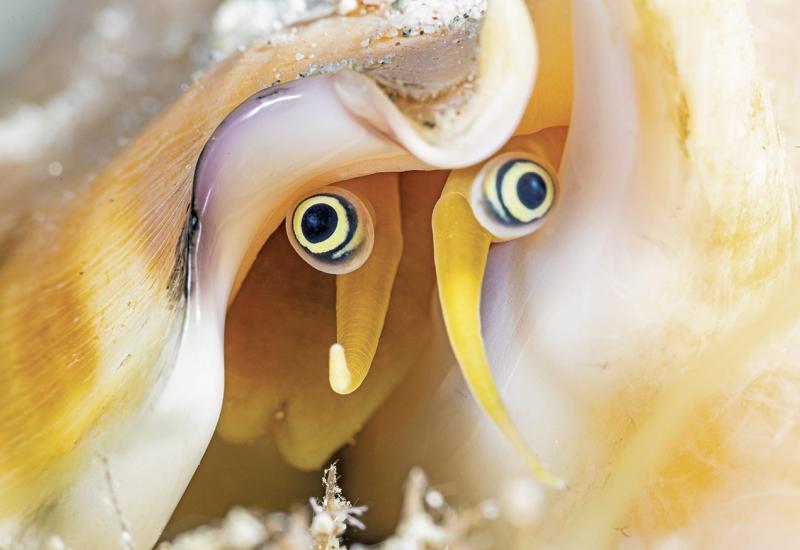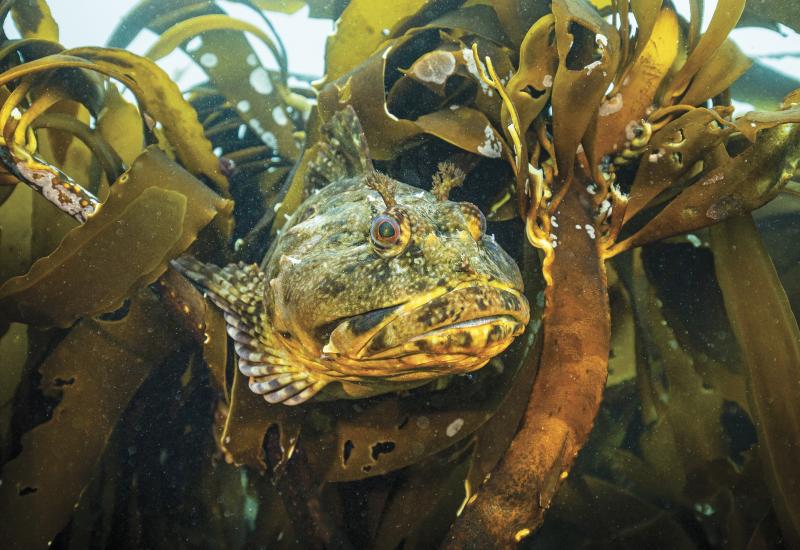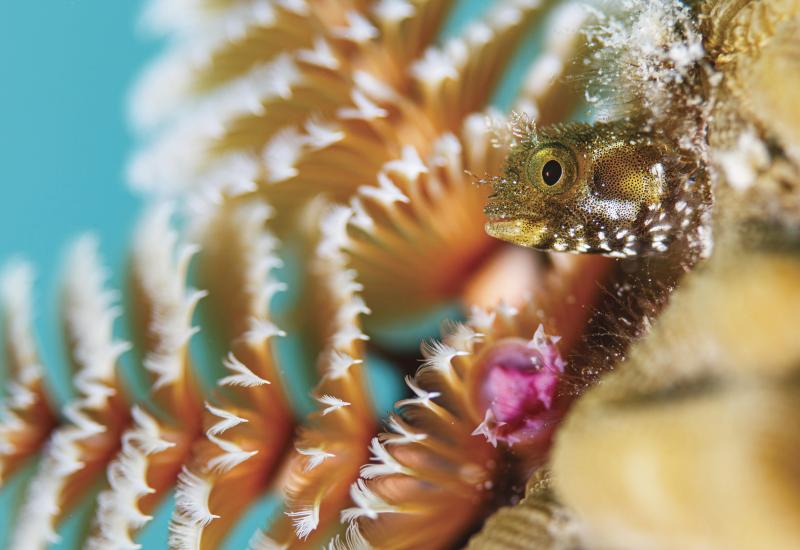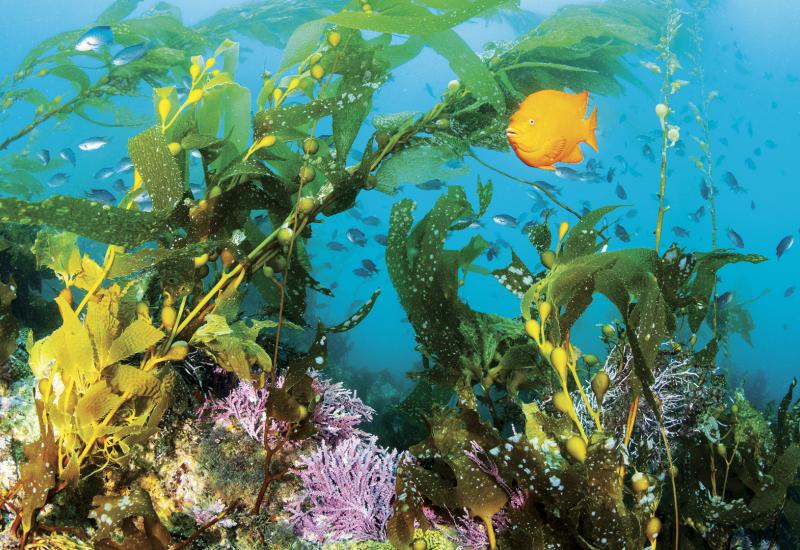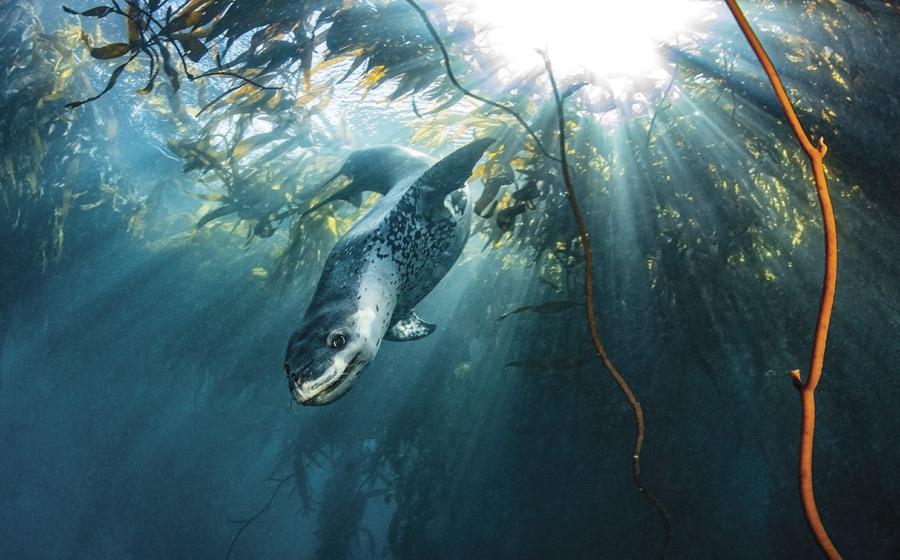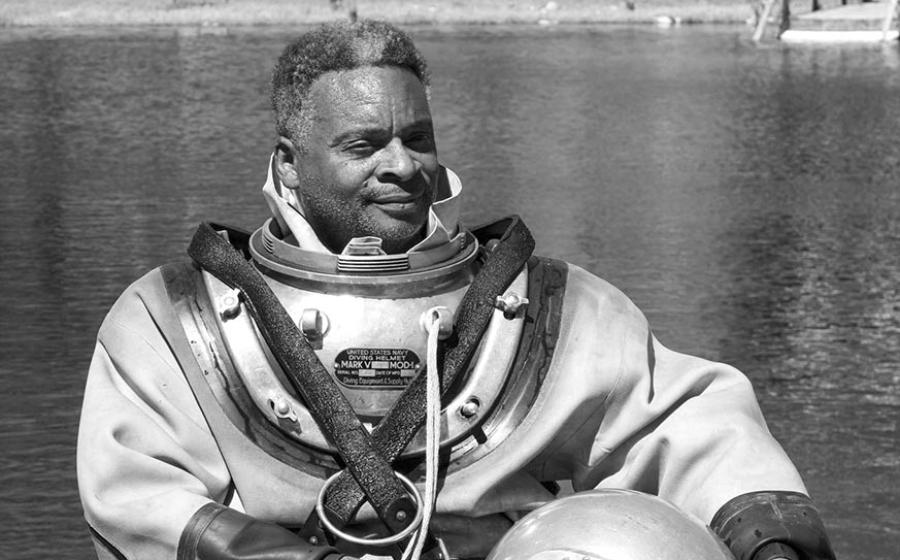Five Tips to Get Started in Underwater Photography
Sooner or later, most divers start taking photos or shooting video underwater. Some divers are content to create snapshot memories of their beneath-the-sea vacations, but others become serious about their new hobby and eventually develop into skilled practitioners of their craft.
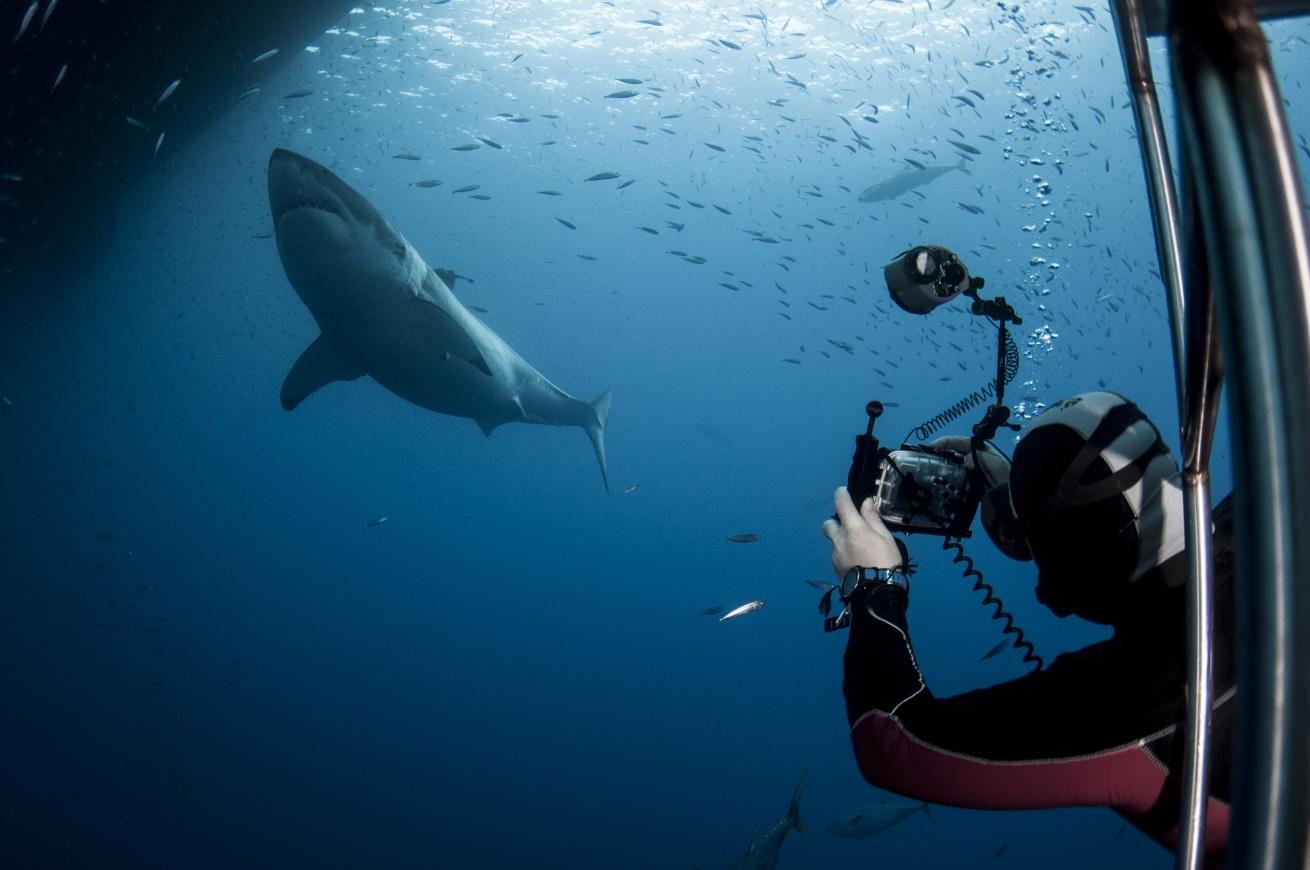
ShutterstockKnow your limits and your budget. Decide what you will be shooting and buy the camera system that’s best for that type of photography.
Regardless of where you fall on that scale, here are our pro tips to help you get started on the right fin. But don’t say we didn’t warn you: Underwater shooting may be habit-forming.
1) Perfect your skills
“If you’ve been bitten by the shutterbug and are excited to turn every dive into an underwater photo adventure, we’d like to welcome you to the club,” says Jim Decker, CEO of Backscatter Underwater Photography & Video. “But to get the most from your camera and enjoy your new passion, first you’ve got to dial in your diving skills.”
If you’re still adding and dumping air from your BC constantly, for example, you’re not ready to add a camera system. “Underwater photography demands excellent physical coordination to get into tight spots, or to remain in a stationary position without disturbing the reef,” says Decker.
Pro Tip: If you’re still flapping about like a neoprene-clad pterodactyl, take a neutral-buoyancy class before trying underwater photography.
2) Start small
If you already own and shoot with a camera on land — either a point-and-shoot or DSLR — and you’re well-versed in using it, check to see whether an underwater housing is available for your camera. Otherwise, our advice is to make your first underwater camera system a versatile point-and-shoot, such as SeaLife’s Micro 2.0 (at left), which features easy-to-use “piano-key” controls.
That’s because fighting to keep your camera under control while you’re diving is a sure way to dampen your enthusiasm. As your confidence and diving skills grow, you can invest in a bigger or pro‑level rig.
Pro Tip: Keep in mind that for larger housed-camera systems, complete with trays, arms and strobes, “there are buoyancy aids, such as arm floats and port floats, that can help in getting your rig neutrally buoyant,” says Decker.

SeaLife; Vivid-Pix
SeaLife Micro 2.0 Vivid-Pix Land & Sea Scuba Picture-Fix You never need to worry about flooding with SeaLife’s completely sealed camera. The Micro 2.0 shoots crisp 16-megapixel stills and 1080p HD video. The basic version has 32 gigabytes; the 64 GB version also includes an ultra-wide 130-degree fisheye multi-coated lens, 16-megapixel sensor and built-in digital color correction sensors. Before you discard that dull-looking photo of a turtle, try Vivid-Pix’s software. This photo-editing program supports Canon, Fuji, Nikon, Olympus, SeaLife and Sony RAW, and all manufacturers’ DNG, TIFF, PNG and JPEG images, and is available for Windows and Mac platforms. sealife-cameras.com vivid-pix.com
3) Don’t Scare the Marine Life
“If you get excited and make a mad dash to get a shot of a turtle you see on the reef, it will take off in the opposite direction,” says Decker. “You need to be a stalker.” Take the time to evaluate your surroundings before setting up for a shot. Move slowly, and approach creatures such as turtles and reef fish calmly.
Pro Tip: Don’t forget to listen to the dive briefing; often, the dive guides will know where to locate more stationary critters, such as frogfish and seahorses.

Ultralight; Backscatter
Ultralight Control Systems Tray and Handle BackscatteR Olympus TG-5 When you have not yet invested in strobes or photo lights, Ultralight’s simple tray and handle provide the stability needed to take crisp photos. Every ULCS product is made from machined and anodized 6061 aluminum to withstand anything you, the boat or the ocean throw at it. This camera is loaded with features, including Microscope mode, which allows for super macro shooting without an accessory lens. Add the housing to take it down to 150 feet. Pair the camera with a Light & Motion Sola video light for a simple, effective and versatile system. ulcs.com backscatter.com
4) Join the Club
Book a dive vacation with other dedicated underwater photographers, such as a liveaboard trip that’s led by a photo pro or a land-based trip that features workshop sessions. Just two examples: Backscatter hosts one- to two-week-long Digital Shootouts, and Aggressor Fleet offers the Jim Church School of Underwater Photography liveaboard trips. These programs are ideal for those who have their diving skills perfected and are now looking to take their photography to the next level. Often, instructors spend at least a portion of each day working with each guest one-on-one, both topside and underwater. They help students set up shots, check composition, find subjects, pose for photos and learn post‑production techniques.
Pro Tip: Get close to your underwater subject. And then get even closer. “In general, you need to be within a few feet for a wide-angle shot, and a foot or less for macro,” says Decker.
5) Get the Right Stuff
Decide what you will be shooting and buy the camera system that’s best for that type of photography. “While a midrange zoom lens sounds like a great one-lens solution, it’s generally not wide enough to shoot large reef scenes or shipwrecks, and it doesn’t have enough reproduction to capture tight macro shots of blennies or nudibranchs,” says Decker. “To get the best results, use a dedicated macro or wide-angle lens.”
Pro Tip: Review your images and then learn from your mistakes. For example, if you get a lot of backscatter in your images, try getting closer to your subject. And make use of software such as the easy-to-use Vivid-Pix (at left), which can help you improve your images with just a few clicks.

